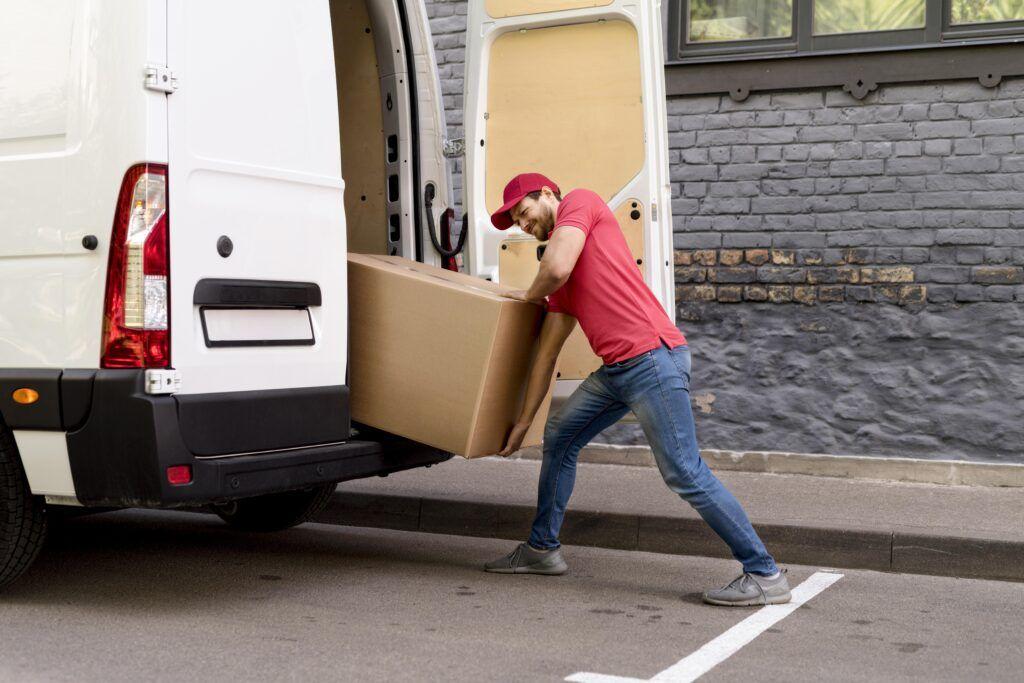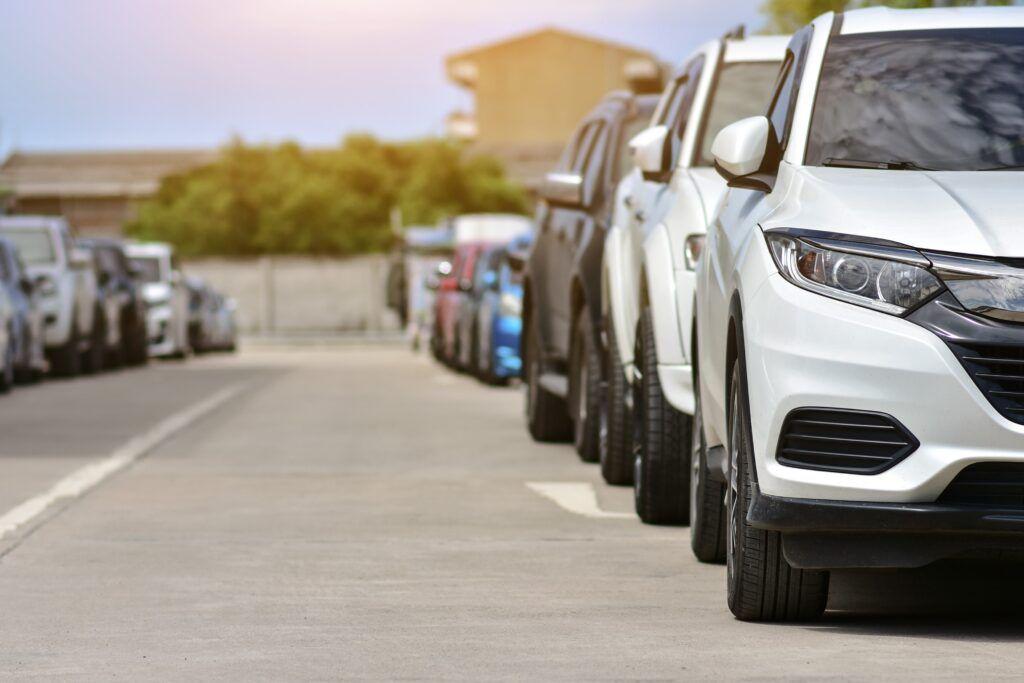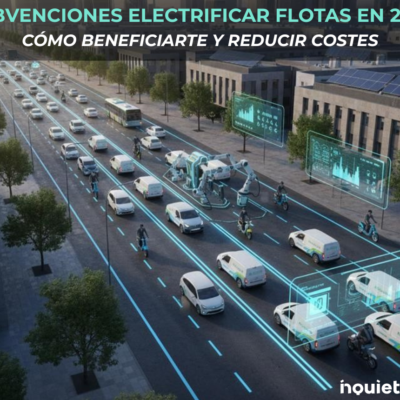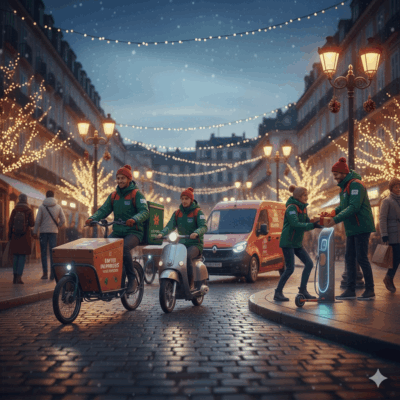Let’s imagine a situation: your fleet of vehicles is delivering in Madrid, a delivery is made in a narrow street in the Lavapiés neighbourhood, with cars parked on both sides of the road and packed to the brim. The same old problem: How can we park in order to be able to deliver the order? The efficiency of the last-mile service is at stake and punctuality goes down the drain. If this practical case is more familiar to you than it should be, in this post we would to show you the options that you have so that parking on the road does not give you nightmares at night. Keep reading!
The highways and streets of the cities are crowded every day with private and commercial vehicles, public transport, etc. In a special way and for some time now, commercial vehicles have become ever more prevalent on urban roads. The boom in e-commerce and new consumer trends have led to an exponential rise in the offer of home delivery services in line with demand. And as is to be expected, this leads to even more traffic congestion in large cities, as well as complications on the delivery routes of businesses: further delays, losses in performance and in customer confidence. What’s more, these congestions, together with the large volume of vehicles in circulation and parked, lead to the issue that concerns us here: Where do I park?
Tips to avoid losing delivery efficiency when parking
- Loading and unloading areas
The use of loading and unloading areas whenever possible is the first solution to the parking problem. Areas specially designed for the movement of goods in crowded spaces, usually free for commercial vehicles. In this regard, each city council determines its municipal regulations on urban planning, urban traffic management and business hours. In other words, there is no single law governing these areas. However, if your delivery routes do not coincide with these spaces dedicated to loading and unloading, you can always request the creation of a new one from the competent authority. In this way, those usual delivery points on your route will no longer have any parking issues.

But watch out! Bear in mind that parking is not the same as stopping or waiting. The loading and unloading areas, which usually have a prohibition on parking during working hours, can be used by carriers only for a few minutes. And keep in mind that the vehicles which are going to use them – from trucks to motorcycles – will have to display the transportation card (also known as the loading and unloading card) in a clearly visible place. If you don’t have it yet, you need to submit a request to your local council together with the vehicle’s technical inspection card and, if required, pay the attendant administrative fees.
- Planning and agreements with establishments in the area
The second tip is related with the first and with those set out below: plan your routes properly. In this way, you will be able to take advantage of the parking spaces that best suit you and you will not waste time improvising. And this tip is related with the following: you can form partnerships with establishments of all kinds – restaurants, local businesses or shopping centres – so that they provide you with an area in which to park your vehicles every time you are delivering in the area. In this way you will manage to streamline your delivery process in the most difficult parking places.
- Vehicles with reduced dimensions
Commercial vehicles such as electric bicycles, motorbikes, three-wheelers or quadricycles are a great alternative to avoid problems when parking during a delivery route. Their reduced dimensions allow the distributor to access all kinds of spaces, narrow streets and even, in many cases, urban centres of cities with strict environmental regulations. In the same way, they can more easily navigate roads congested with traffic, manoeuvre in any scenario and park or stop almost anywhere.
In this way, the delivery process is much more flexible. Stopping these vehicles for a few minutes is really not a complicated task, since only a small space is needed to do so. Particularly in the case of bicycles or motorcycles.
- Use of technological tools
Technology is the distributor’s ally. Even when it comes to parking it can be very helpful. For example, using navigation apps or systems that allow you to look for and reserve parking near the location of each delivery. A method which works in real time and which undoubtedly helps to minimise delays and maximise end customer satisfaction.
Have you picked up any ideas about how to optimise your last mile service? Use these tips in the day-to-day routine of your deliveries and you will see how parking no longer slows down the performance of your business.




